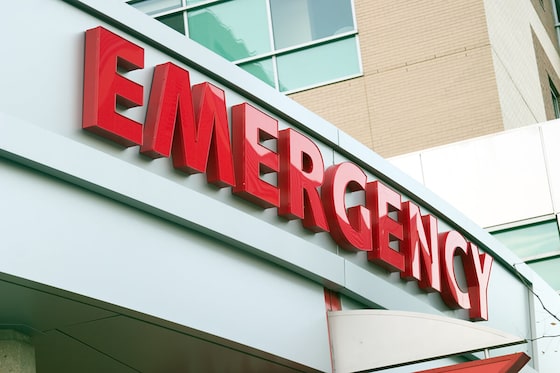The Importance of Community Awareness in Cardiac Emergencies
Doug Roth, CEO of Heart and Stroke, compares the community’s instinctive reaction to fire emergencies with the needed response to cardiac arrests—a critical yet often overlooked medical crisis. Like fire, cardiac arrest requires immediate and educated action due to its sudden onset and potential fatality. Educating the public from an early age about the “electrical” malfunction of the heart during a cardiac arrest is crucial, emphasizing that it can strike anyone, anywhere, without warning.
The Stark Reality and Personal Impact of Cardiac Arrest
Heart and Stroke’s latest statistics reveal a sobering reality: approximately 60,000 out-of-hospital cardiac arrests occur annually in Canada, meaning a cardiac event happens every nine minutes. Unfortunately, survival rates outside of medical settings are bleak, with only one in ten people surviving. The narrative becomes personal when such emergencies touch our lives directly, as Roth experienced when his brother-in-law was saved by timely CPR from a neighbor, illustrating the vital role of community readiness and fast action.
Fostering a Lifesaving Culture through Education and Access
To improve survival rates, there is a pressing need to cultivate a culture of cardiac safety, starting with comprehensive education on CPR and AED usage. Programs like the Heart and Stroke’s CardiacCrash initiative are critical, providing hands-on training to equip individuals with the skills to act decisively. Furthermore, enhancing the availability and accessibility of AEDs, ensuring they are well-maintained and integrated with emergency services, could dramatically increase the chances of survival during a cardiac event. Following models from cities like Seattle and regions in Europe that have successfully implemented supportive legislation can guide local policies to better prepare communities for these life-threatening situations.
Through collective dedication to educating and equipping the public, we can transform bystanders into potential lifesavers, significantly boosting survival rates from cardiac arrests and ultimately strengthening community resilience against this silent threat.
